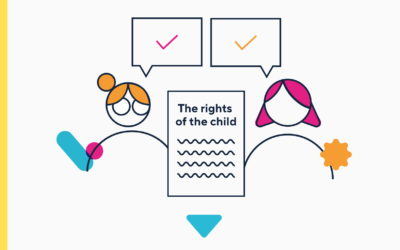Any business that handles data would know the significance of anonymisation, but not all may be familiar on how to appropriately do so. In today’s context where data collection and use are increasingly prevalent, businesses may find themselves at more risk of potential data breaches, and anonymising data is one sure way to reduce that risk. Businesses who are able to appropriately perform data anonymisation will be able to extract value from their datasets while reducing the risk of regulatory non-compliance or breaches in data security.
To help businesses, especially those who are new to anonymisation, the PDPC has updated their Guide to Basic Anonymisation to provide more practical guidance on how to perform basic anonymisation and de-identification of various datasets through a simple 5-step anonymisation process. This includes providing clear standards for safeguards and controls where anonymised data is used, and recommendations for when using k-anonymity.
When anonymisation is done right, both businesses and individuals can confidently exchange data in a way that meets their business needs while ensuring their data is safeguarded, hence encouraging greater participation in the digital economy. Access the guide here
The chapter on Anonymisation in their Advisory Guidelines on the PDPA for Selected Topics has also been updated to provide clarity to businesses on the requirements for anonymising data.




0 comentarios